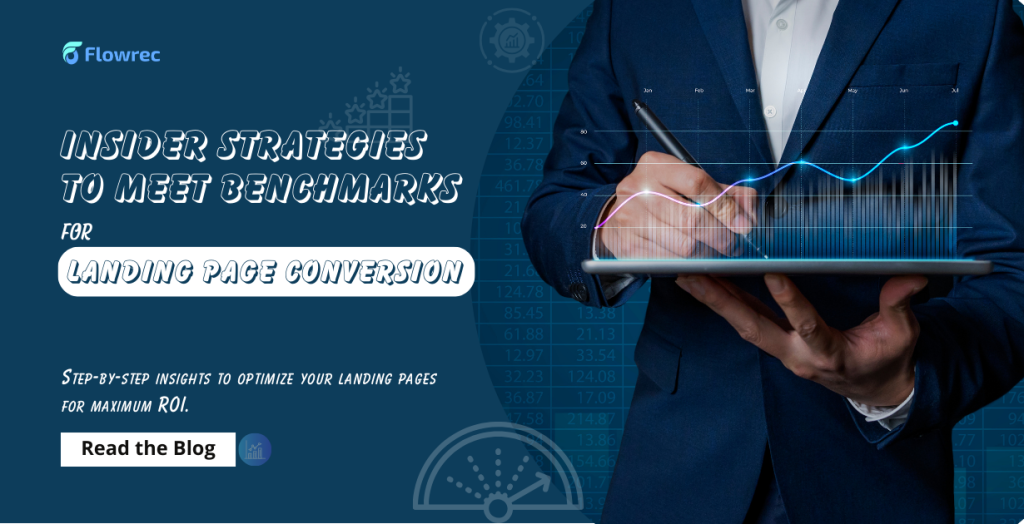
As an aspiring entrepreneur, John invested heavily in digital ads to promote his new line of eco-friendly products. Despite generating website traffic, conversions remained dismally low, leaving him frustrated and uncertain. John realized his landing pages weren’t optimized to meet his audience’s expectations. By applying proven strategies — like A/B testing, simplifying navigation, and leveraging conversion tracking tools — he transformed his pages into conversion powerhouses. This article reveals the same insights and strategies that helped John succeed, so you can achieve better ROI too.
In this guide, we will explore landing page stats, what a good conversion rate looks like, and actionable strategies to help you reach or exceed the typical landing page conversion rates. Whether you’re a small business, a startup, or an established enterprise, these insights and strategies will guide you to create websites that convert effectively.
Table of Contents
- What Are Landing Page Conversion Rate Benchmarks?
- Factors Affecting Landing Page Conversion Rates
- Conversion Optimization Strategies for Landing Pages
- What Are the Best Practices to Optimize Conversion Rate?
- Measuring and Exceeding Conversion Rate Benchmarks
- Why Choose Flowrec for Landing Page Success?
- Conclusion
What Are Landing Page Conversion Rate Benchmarks?
A landing page conversion rate is the percentage of visitors who take a specific action you want, such as signing up for a newsletter, downloading a free resource, or purchasing a product. This metric shows how effectively your landing page turns visitors into customers or leads. Benchmarks give you a clear idea of what’s considered a good performance in your industry, helping you identify areas to improve.
Current Landing Page Stats
Understanding how landing pages perform across industries can provide valuable insights. Let’s break down some important statistics:
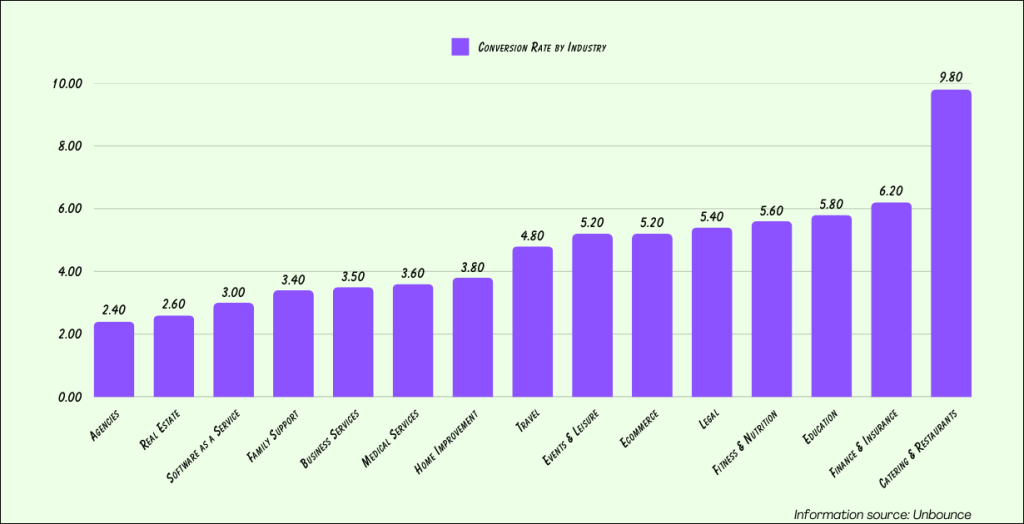
- Average Conversion Rate Across Industries: On average, landing pages convert about 2.35% of visitors into leads or customers. This means that for every 100 visitors, roughly two to three take the desired action.
- Top-Performing Landing Pages: The best-performing landing pages achieve conversion rates of 10% or more. These pages typically stand out because of their clear messaging, persuasive calls-to-action, and engaging designs.
- Industry-Specific Conversion Rates: Different industries have different benchmarks because audience behavior and intent vary. Food and beverage industries’ landing pages often perform exceptionally well, with an average conversion rate of 7.9%. This could be due to strong emotional appeals. The landing pages of B2B Professional Services average around 4.6%. While slightly lower than Food and beverage, these rates are still strong considering the longer decision-making process often involved in B2B services.
- Traffic Sources and Their Impact on Conversion Rates: Not all traffic sources perform equally well in terms of conversions. Visitors who find your landing page through search engines tend to have high intent (around 16%). PPC campaigns also perform well but are slightly behind organic search. Properly targeted ads can yield strong results when paired with a highly relevant landing page.
What Is a Good Landing Page Conversion Rate?
The definition of a “good” conversion rate can vary depending on your industry, audience, and goals. However, here’s a more detailed look at how you can evaluate and aim for better results:
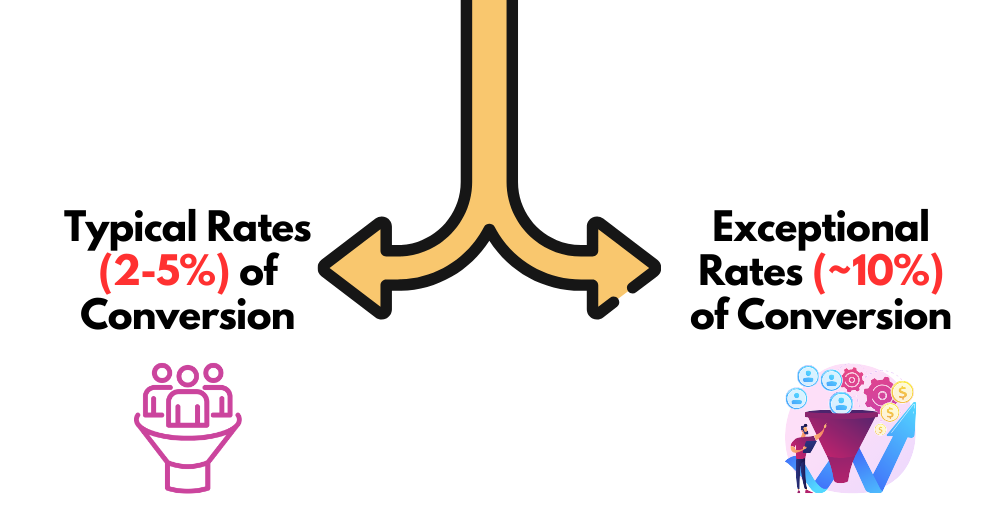
- Typical Conversion Rates: For many industries, conversion rates between 2% and 5% are common. These rates are a solid starting point, especially for businesses just beginning to optimize their landing pages. If your current conversion rate is within this range, it’s a sign you’re doing well but still have room to grow.
- Achieving Exceptional Results: Landing pages with conversion rates of 10% or higher are considered top performing. Reaching this level requires a deep understanding of your audience, fine-tuned messaging, and consistent A/B testing to determine what works best. It’s an ambitious goal but one worth striving for, as it can set you apart from competitors.
Why Conversion Rate Benchmarks Matter?
Understanding and using benchmarks helps you set realistic goals for your landing page. It also provides a roadmap for improvements, whether that means tweaking your design, refining your messaging, or experimenting with new traffic sources. By striving for higher conversion rates, you can get more value from your traffic and achieve better business results. Read more in this article on Landing Page Conversion Rate.
Factors Affecting Landing Page Conversion Rates
The success of your landing page largely depends on several key factors. Let’s explore what impacts your conversion rates and how you can optimize each element to boost performance.
1. Traffic Sources
The type of visitors coming to your landing page plays a big role in conversions. Different traffic sources bring different levels of intent:
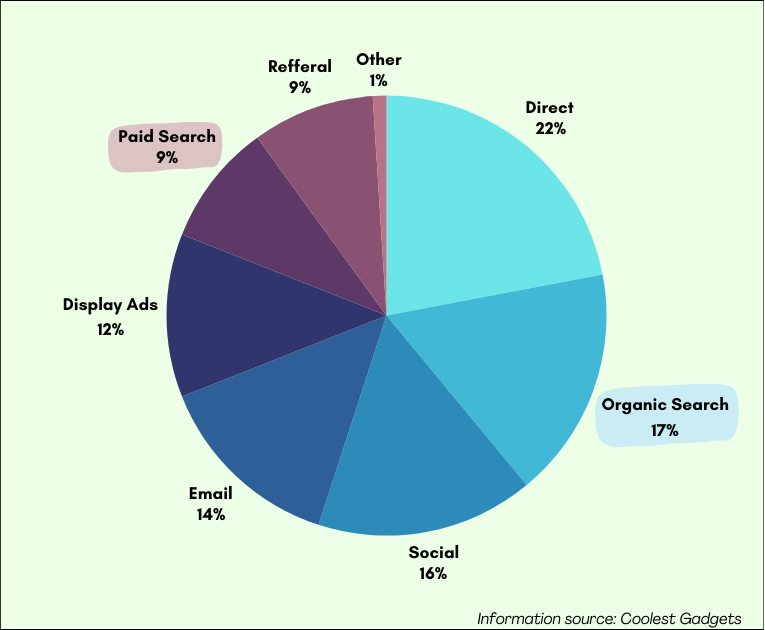
- Organic Traffic: Visitors who find your page through search engines often have a specific need or interest, which is why they tend to convert better. These users are already looking for what you offer.
- Paid Traffic: Visitors from ads (like Google Ads or social media) might need a stronger nudge to take action. Compelling offers and well-placed CTAs are essential for capturing their interest.
Conversion Tip: Use targeted keywords to bring in the right audience. For example, if you’re offering a productivity app, include phrases like “best app for time management” in your ad or content. Ensure your landing page directly answers their search query to keep them engaged. Learn more in this article.
2. Design and User Experience (UX)
The look and feel of your landing page can make or break conversions. A clean, user-friendly design builds trust and makes it easier for visitors to take action.
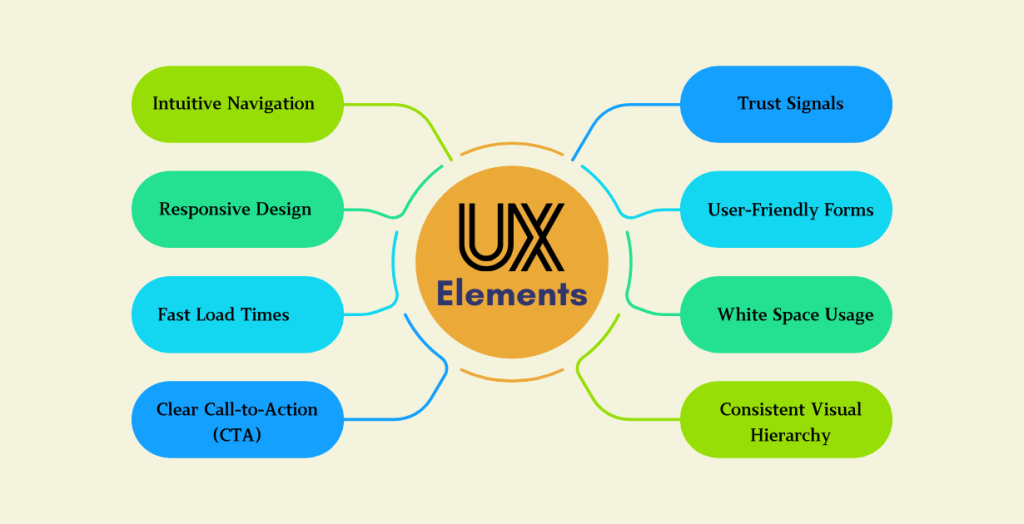
Here are the key Design Elements:
- Clutter-Free Layouts: Avoid overwhelming visitors with too much text or unnecessary visuals. Keep the focus on your main message.
- Mobile Responsiveness: Since many users browse on mobile devices, your page must look and function perfectly on smaller screens.
- Intuitive Navigation: Visitors should immediately know where to click and how to complete the desired action.
Real-Life Example: A SaaS company simplified their landing page by removing extra text, focusing on their value proposition, and streamlining the sign-up process. The result? A 30% increase in conversions.
3. Call-to-Action (CTA)
Your Call-to-Action is the centerpiece of your landing page — it’s what drives visitors to take the next step. A weak or hidden CTA can lead to missed opportunities.
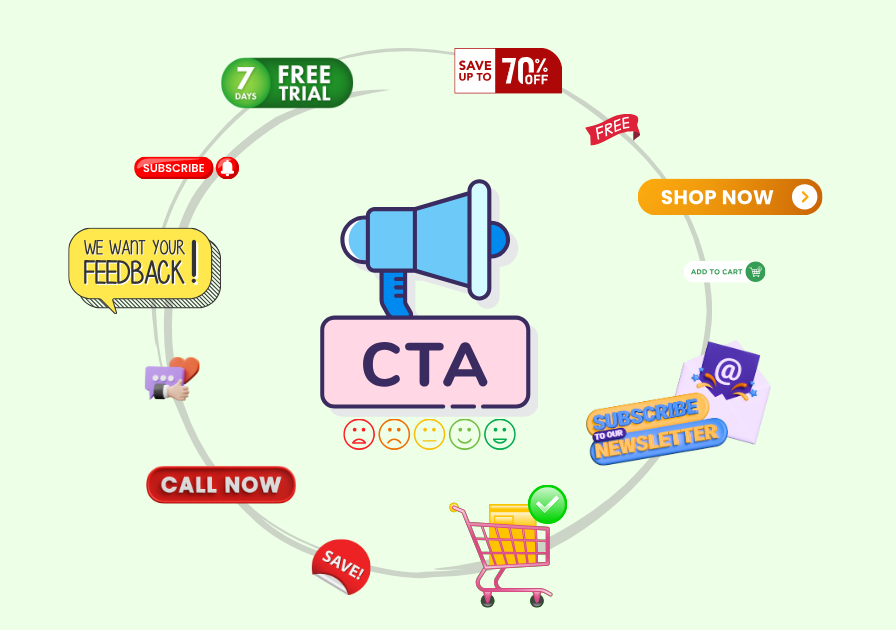
How to Make CTAs Effective:
- Stand Out Visually: Use bright, attention-grabbing buttons and place them where they’re easy to spot.
- Action-Oriented Language: Phrases like “Sign Up Now,” “Download Free,” or “Claim Your Discount” create urgency and motivate action.
Include the CTA in multiple places on the page, like at the top, middle, and end, to catch visitors wherever they are in their decision-making process.
4. Relevance of Content
Visitors land on your page with specific expectations based on where they came from. If the content doesn’t meet those expectations, they’ll leave without converting.
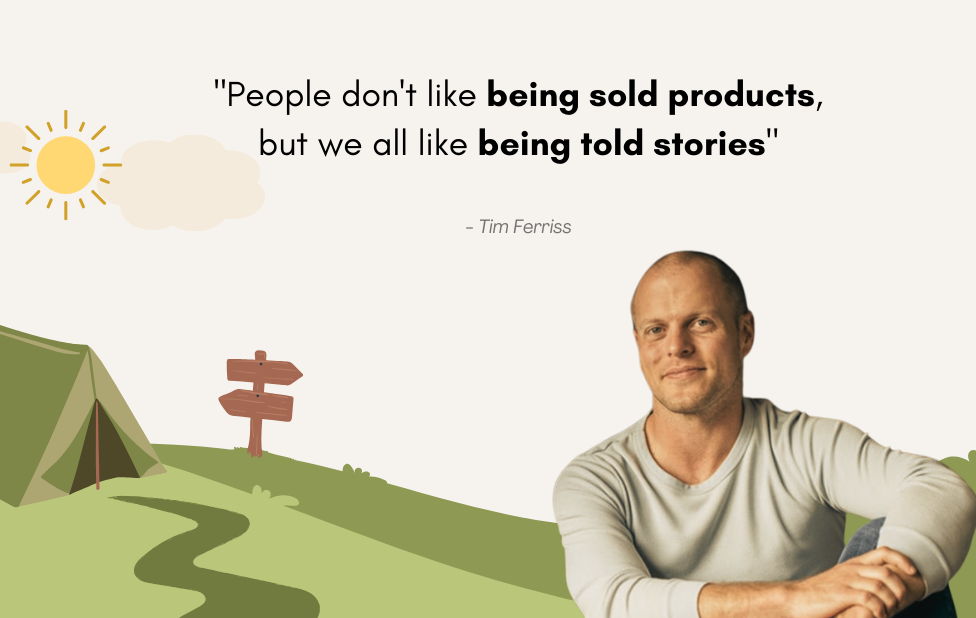
How to Ensure Relevance:
- Match Ad Promises: If your ad offers a discount, make it clear and prominent on the landing page.
- Personalized Messaging: Use dynamic content to tailor the page to your audience’s needs. For instance, a returning visitor might see a message like, “Welcome back! Ready to pick up where you left off?”
- Consistent Tone and Messaging: Ensure the language and visuals match the source they came from, like an ad or email campaign.
There are several examples of high converting product landing pages. A fashion retailer used bold visuals, concise copy, and a limited time offer to increase sales by 40%. Again, a software company highlighted its product’s benefits with a video walkthrough and social proof, boosting demo requests by 35%. Learn more in this article on High-Converting Product Landing Page Examples.
Conversion Optimization Strategies for Landing Pages
Optimizing your landing pages for conversions isn’t a one-size-fits-all approach. It requires a blend of creativity, data-driven decisions, and audience understanding. Below are key strategies to ensure your landing pages turn visitors into loyal customers.
1. A/B Testing
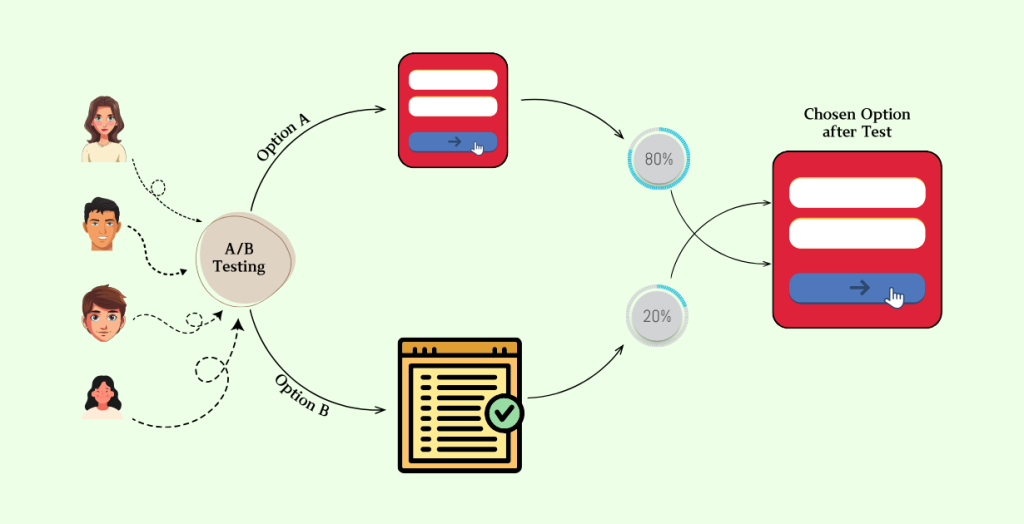
Experimentation is critical for discovering what works best. Test different versions of your landing page elements, such as headlines, images, and CTAs, to determine the most effective combination.
Example: A fitness brand tested a static image versus a video as the hero visual on their landing page. The video increased conversions by 20%, proving its ability to engage users.
2. Personalization
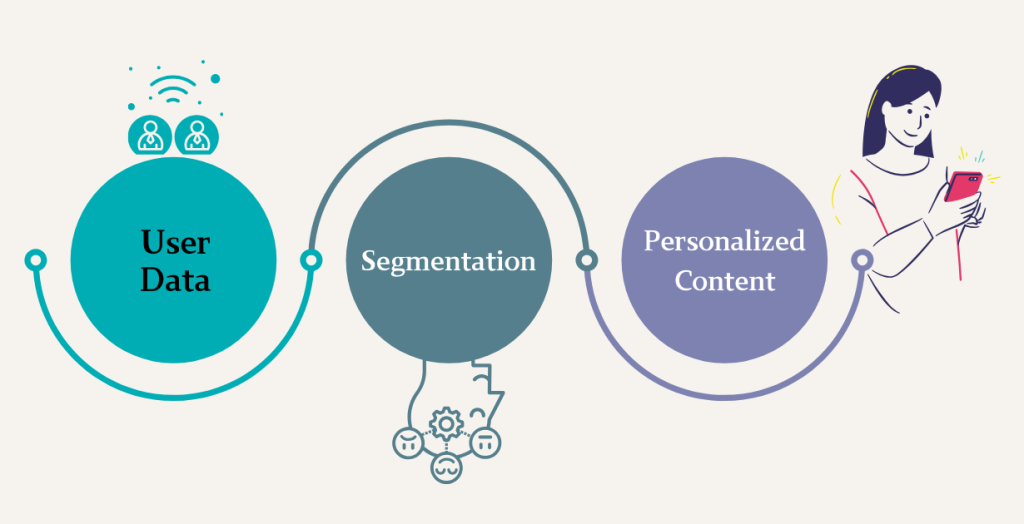
Tailoring your landing page to the user can significantly boost engagement and conversions. Use data to display dynamic content relevant to the visitor’s preferences or past interactions.
Example: An online store personalized product recommendations based on user browsing history, leading to a 25% increase in purchases.
3. Simplified Forms
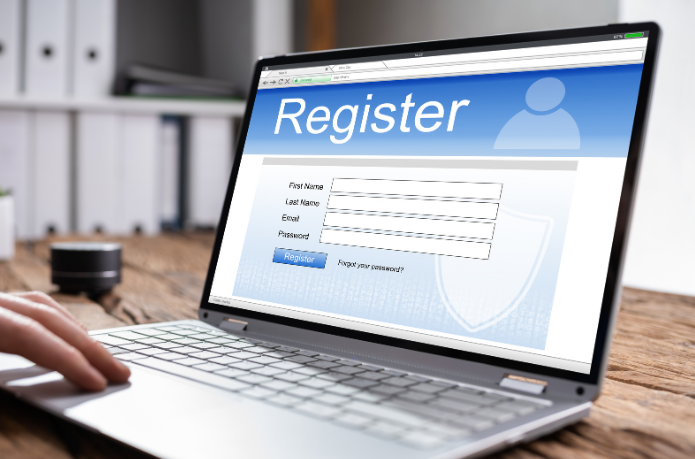
Long, complicated forms discourage users from completing them. Keep forms short and focused, asking only for essential information like name and email.
Example: A SaaS company reduced its form fields from 8 to 4, resulting in a 30% rise in sign-ups for their free trial.
4. Use of Trust Signals
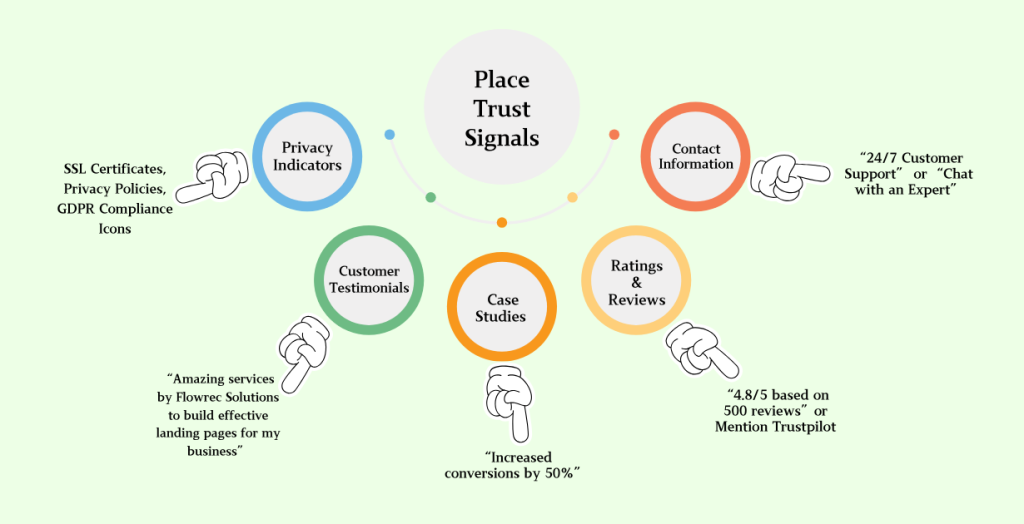
Trust signals such as testimonials, reviews, and security badges reassure users that their decision to engage with your page is safe and credible.
Example: A financial services firm added client testimonials and a “100% secure” badge, improving lead generation by 15%.
5. Mobile-First Design
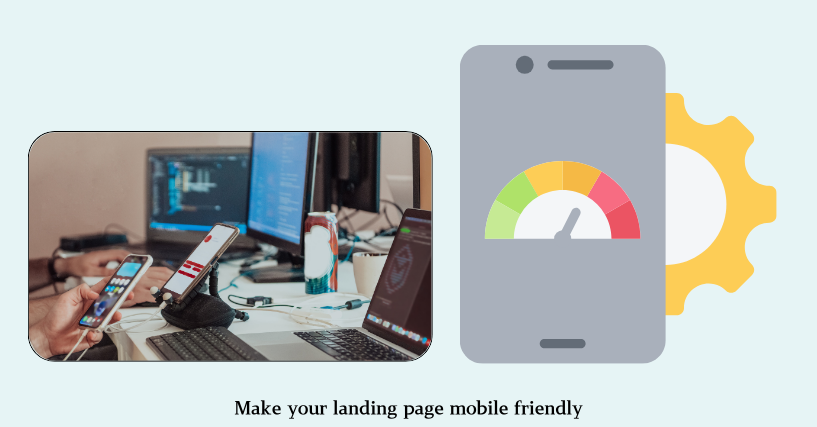
With mobile devices accounting for more than half of all web traffic, ensuring your landing page is optimized for smaller screens is essential. Make buttons clickable, text readable, and forms easy to fill out on mobile.
Example: A travel agency optimized its landing page for mobile users, leading to a 40% boost in bookings from mobile devices.
6. Leveraging Scarcity and Urgency
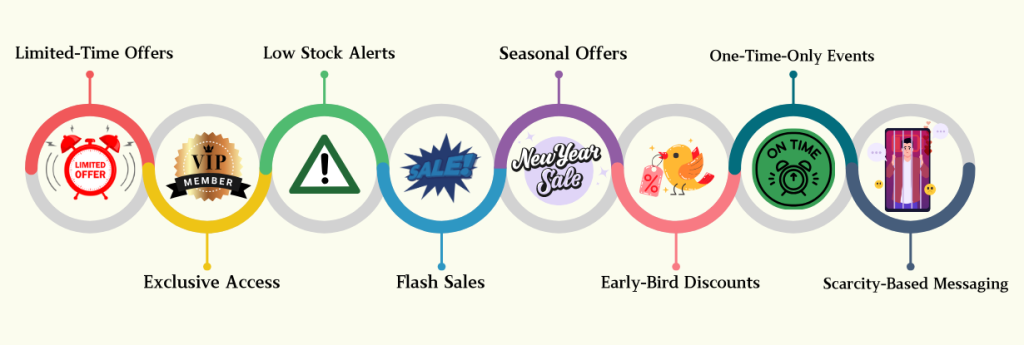
Creating a sense of urgency can prompt users to act quickly. Use countdown timers, limited-time offers, or phrases like “Only a few left!” to create FOMO (Fear of Missing Out).
Example: An e-commerce site used a countdown timer for a flash sale and saw a 35% spike in purchases within 24 hours.
There are several strategies that can initiate optimization in the conversion process. Know more here in the article on Conversion Optimization Strategies for Landing Pages.
What Are the Best Practices to Optimize Conversion Rate?
Optimizing your landing pages isn’t just about making them look good — it’s about creating a seamless experience that encourages visitors to take action. Below are some of the most effective best practices to ensure your landing pages perform at their highest potential.
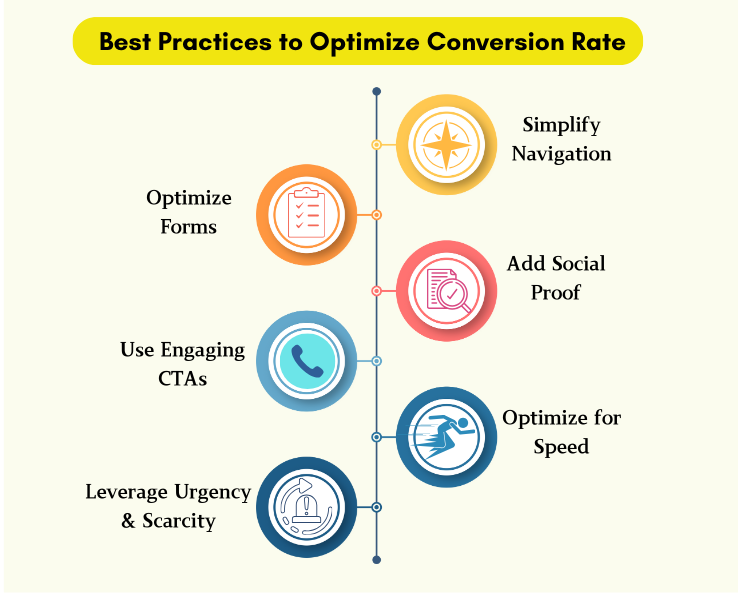
1. Simplify Navigation
Minimizing distractions helps keep visitors focused on your main goal. Limit navigation links and avoid adding unnecessary content that could divert their attention.
Example: A SaaS company reduced its header navigation menu to a single “Sign Up” button, leading to a 20% increase in conversions.
2. Optimize Forms
Forms should be concise and easy to complete. Ask only for essential information to reduce friction and increase the likelihood of submissions.
Example: A real estate agency shortened its contact form from 10 fields to 4, resulting in a 35% boost in inquiries.
3. Add Social Proof
Incorporate testimonials, reviews, and trust badges to reassure visitors of your credibility and reliability.
Example: An online retailer added a “500+ happy customers” badge and saw a 15% improvement in cart checkouts.
4. Use Engaging CTAs
Your call-to-action should be clear, compelling, and visually prominent. Use action-oriented language like “Get Started Today” or “Claim Your Free Trial.”
Example: A fitness app changed its CTA from “Submit” to “Start Your Free Workout Plan,” increasing sign-ups by 25%.
5. Optimize for Speed
Fast-loading pages improve user experience and reduce bounce rates. Compress images, use efficient code, and leverage caching to enhance speed.
Example: An e-commerce site optimized its loading time by 2 seconds and observed a 30% rise in sales.
6. Leverage Urgency and Scarcity
Use tactics like countdown timers, limited-time offers, or phrases such as “Only 3 spots left” to create a sense of urgency.
Example: A travel booking site introduced a “Book Now” timer on their deals page, leading to a 40% increase in reservations.
By following these best practices, you can create landing pages that not only attract visitors but also convert them into loyal customers, helping your business thrive. You can get the most insights into the best practices of conversation rate optimization in this article.
Is Facebook Pixel A Way for Better Conversions?
Facebook Pixel can be a powerful tool for improving conversions. It helps you track visitor behavior, optimize your marketing campaigns, and retarget potential customers, turning casual visitors into loyal buyers.
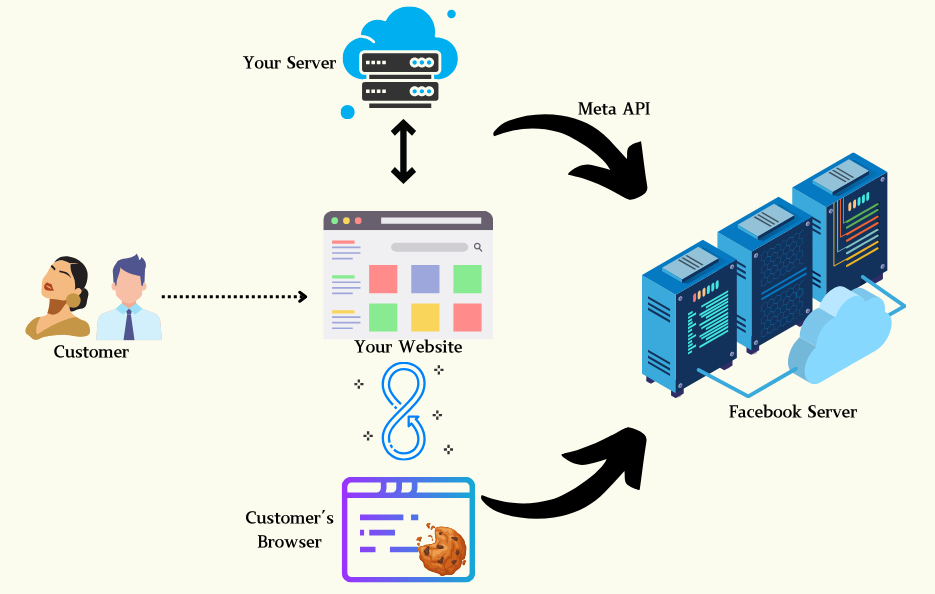
What Is a Conversion Pixel?
A conversion pixel is a small piece of code you add to your website to track user actions. Tools like Facebook Pixel monitor what visitors do after clicking your ads — whether they browse products, sign up for a newsletter, or complete a purchase. By collecting this data, you can understand your audience better and improve your campaigns.
How It Improves Conversion Rates
Here’s how Facebook Pixel works to boost your conversions:
- Retarget Visitors Who Didn’t Convert Initially: Many visitors don’t take action the first time they land on your page. Facebook Pixel allows you to retarget these visitors with tailored ads. For example, show an ad for a product they viewed but didn’t purchase, or offer a special discount to encourage them to return.
- Analyze Which Ads Drive the Most Valuable Traffic: Facebook Pixel helps you see which ads bring in visitors who actually convert. Instead of guessing, you’ll know which campaigns are working and can focus your budget on what delivers results.
For instance, you might discover that ads targeting certain age groups or interests perform better, allowing you to refine your audience for even greater impact.
Real-Life Example: An e-commerce store struggled with cart abandonment — visitors who added items to their cart but didn’t complete the purchase. By using Facebook Pixel to retarget these visitors with reminders and discounts, the store increased sales by 25%.
Read more in the article on Leveraging Facebook Pixel for Improved Conversions.
Measuring and Exceeding Conversion Rate Benchmarks
To improve your landing page’s performance, it’s essential to track your conversion rates and aim for higher benchmarks. By using the right tools and strategies, you can measure your progress, set actionable goals, and consistently optimize your pages.
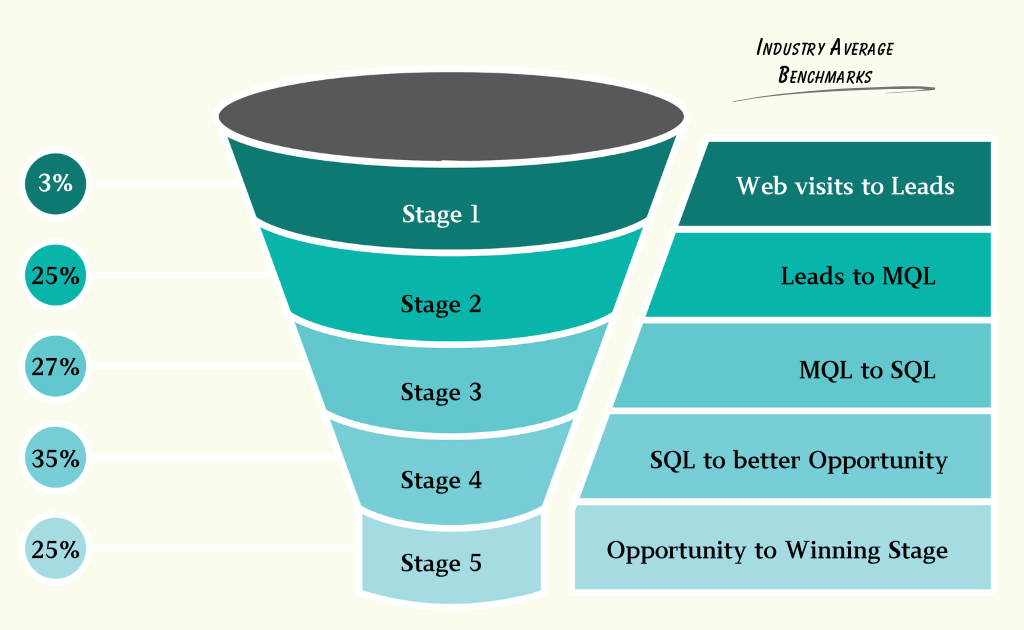
Tools for Tracking Conversion Rates
Using the right tools helps you understand how visitors interact with your landing page and where improvements are needed. Here are two key tools to help you measure and analyze conversion rates:
A. Google Analytics
Google Analytics is one of the most comprehensive tools for tracking user behavior and conversions. It allows you to:
- Monitor how visitors arrive at your landing page, whether through organic search, paid ads, or social media.
- Track specific actions, like sign-ups, downloads, or purchases, to measure how well your page is meeting its goals.
- Identify drop-off points in the visitor journey, helping you pinpoint areas for improvement.
Example: If you notice many visitors leave before completing a form, you might simplify the form or adjust its placement.
B. Crazy Egg
Crazy Egg offers unique insights by providing heatmaps and click maps, showing where users interact most on your landing page. With this tool, you can:
- Visualize which sections grab the most attention.
- Discover which CTAs or links are underperforming.
- Optimize your design based on real visitor behavior.
Example: If visitors frequently click on a non-interactive element, you could add a clickable link or button in that area to guide them toward your goal.
Setting Goals and Iterating
To exceed conversion rate benchmarks, you need a clear plan for improvement. Here’s how you can set and achieve your goals:
Set Realistic Goals Based on Your Industry’s Benchmarks:
Use industry benchmarks as a guide to set achievable targets. For example:
- If the average conversion rate in your industry is 4%, aim to hit 5-6% initially, then scale up gradually.
- Break larger goals into smaller, measurable steps to track your progress effectively.
Regularly Test and Tweak Your Pages:
Continuous testing is key to staying competitive. Experiment with different elements of your landing page, such as:
- Headlines: Test different wording to see what resonates most.
- CTAs: Try varying the language, color, or placement of your call-to-action buttons.
- Layout: Rearrange elements to improve the flow and visibility of key information.
Pro Tip: Use A/B testing tools to compare two versions of your landing page and determine which performs better.
Why Choose Flowrec for Landing Page Success?
At Flowrec Solutions, we specialize in creating landing pages that meet and exceed industry benchmarks. From high-converting product landing pages to advanced conversion tracking with tools like Facebook Pixel, our team ensures your pages are optimized for maximum results. With tailored strategies and cutting-edge designs, we help businesses eliminate pain points and achieve measurable success.
Ready to transform your landing pages? Contact Flowrec today and let’s elevate your conversions together!
Conclusion
Landing page conversion rate benchmarks are a vital guide for improving your online performance. By understanding the key factors, employing optimization strategies, and leveraging tools like A/B testing and Facebook Pixel, you can create landing pages that consistently convert. Focus on delivering value, simplifying navigation, and engaging your audience. With these steps, you’ll not only meet industry benchmarks but exceed them. Start today, and see the difference it makes for your business success!

